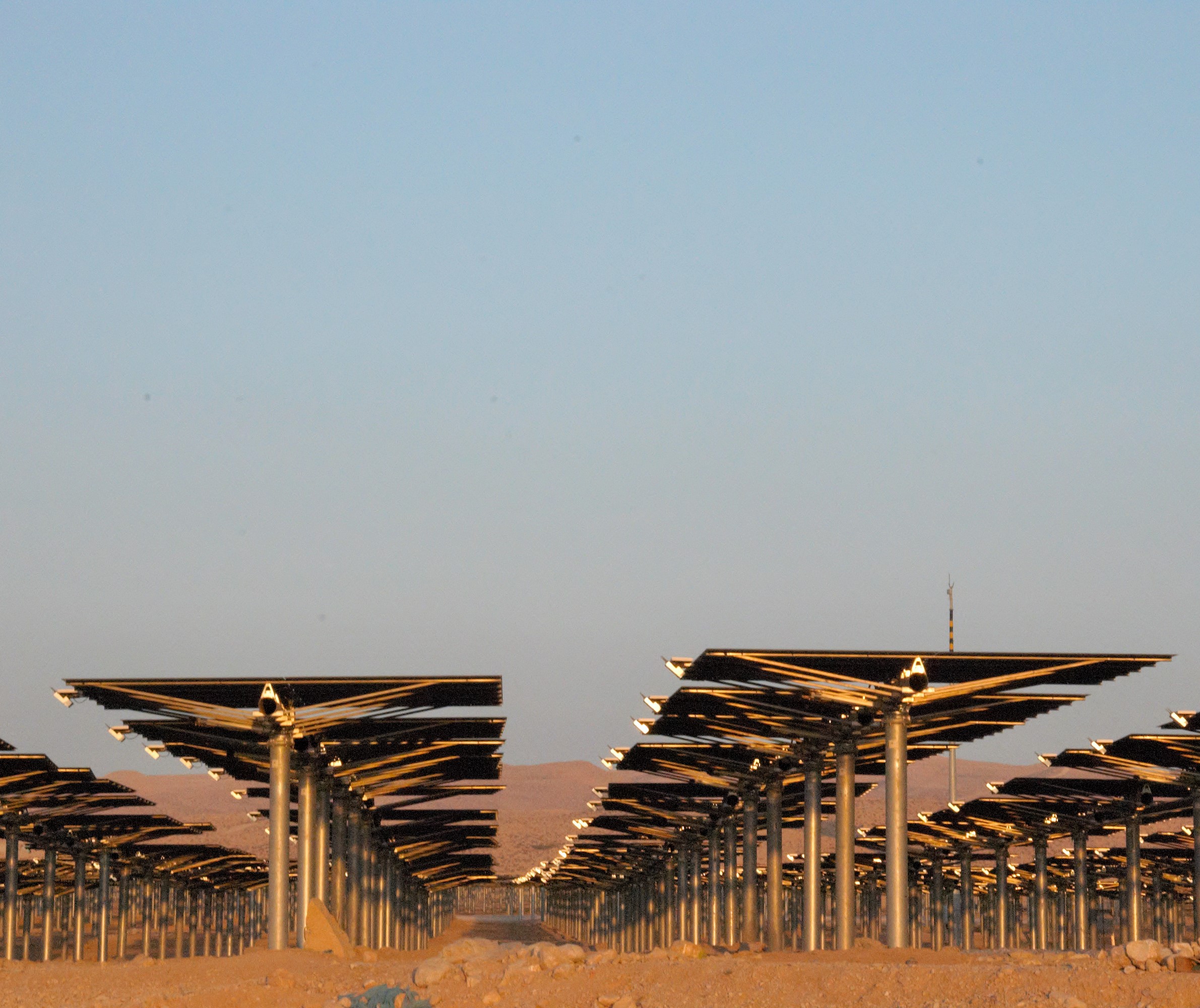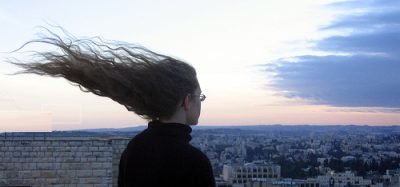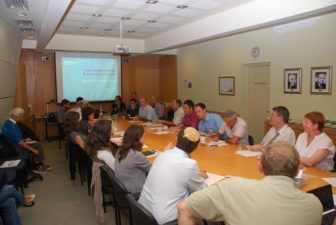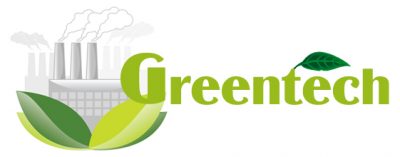 Close to 60% of Israel’s land mass lies under desert. Lots of sand. And lots of sun. Resolving to view how Israel exploits that solar abundance, I traveled through the Negev on a late-winter day in March with Ofer Tsimmering, head of the demographics department of the Ramat HaNegev Regional Council. I watched the highway rolling over flat, sandy land dotted with olive trees and greenhouses. As we drove, I saw side roads that trace the gentle curves of hills still veiled in winter’s short-lived greenery. Tsimmering came to a stop on the side of the highway so I could gaze at the fantastic, other-worldly sight of the Ashalim solar project.
Close to 60% of Israel’s land mass lies under desert. Lots of sand. And lots of sun. Resolving to view how Israel exploits that solar abundance, I traveled through the Negev on a late-winter day in March with Ofer Tsimmering, head of the demographics department of the Ramat HaNegev Regional Council. I watched the highway rolling over flat, sandy land dotted with olive trees and greenhouses. As we drove, I saw side roads that trace the gentle curves of hills still veiled in winter’s short-lived greenery. Tsimmering came to a stop on the side of the highway so I could gaze at the fantastic, other-worldly sight of the Ashalim solar project.
In a field sprawling over 988 acres of undulating sand, 50,000 heliostats – immense mirrors that rotate with the sun, are planted in circles around a tower that stands 285 meters high (820 feet). The heliostats reflect the sky’s white glare, harvesting solar power and transferring it to the tower via glass-insulated steel pipes containing thermal oil. The oil, heated to almost 400°C, heats water, creating steam that powers an electricity-generating turbine in the tower.

It is one of the world’s largest solar energy projects, and one of four thermo-solar projects in the Ashalim area. Together, the four produce 250 megawatts every day: enough to supply Israel with 2.5% of its electricity. Work continues on the projects towards the goal of 310 megawatts daily by 2020, enough to supply about 130,000 households throughout the country. Even better news: these combined technologies prevent about 245,000 tons of C02 emissions.
Each of the Ashalim plants uses a different technology; some thermo-dynamic and some through photovoltaic panels. Nowhere else is this combination of solar technologies to be found.
In an interview at the Ramat HaNegev Regional Council offices, mayor Eran Doron told Green Prophet, “We strive to achieve Ben-Gurion’s vision. He envisioned populating the desert as in ancient times, using modern technologies to establish the Negev as a scientific research laboratory and source of energy for the entire country. Our job is to embody those goals, while preserving the desert’s unique ecological character.”
It’s hardly possible that such a massive project wouldn’t disturb the local ecology. When I asked what effects the solar project has had on the desert environment, Doron explained that animal crossings have been built; rare plants such as the desert tulip have been taken out and replanted; and soil removed during construction spread elsewhere. In human terms, the residents of Ashalim village, on whose edge the plant stands, first viewed the construction with resentment. But over time the plant became a market for local services, improving the village’s economy. The plant management itself employs about 300 Beduin and other residents of the south, making about half the work force local.
Other, smaller projects in southern Israel also make clean electricity; in fact, the farther south you go, the more solar power you get. The Arava Power company installed a 40-megawatt photovoltaic panel field next to Kibbutz Ketura, which supplies 70% of the region’s needs. It’s expected that by 2020, the Arava will function under 100% solar energy. The Arava project innovated a method for cleaning the photovoltaic panels by robots, without the use of water. A new 60-megawatt field is under construction in the Timna Valley.

Photos via Megalim Solar Power and by Tsurit Stern.



